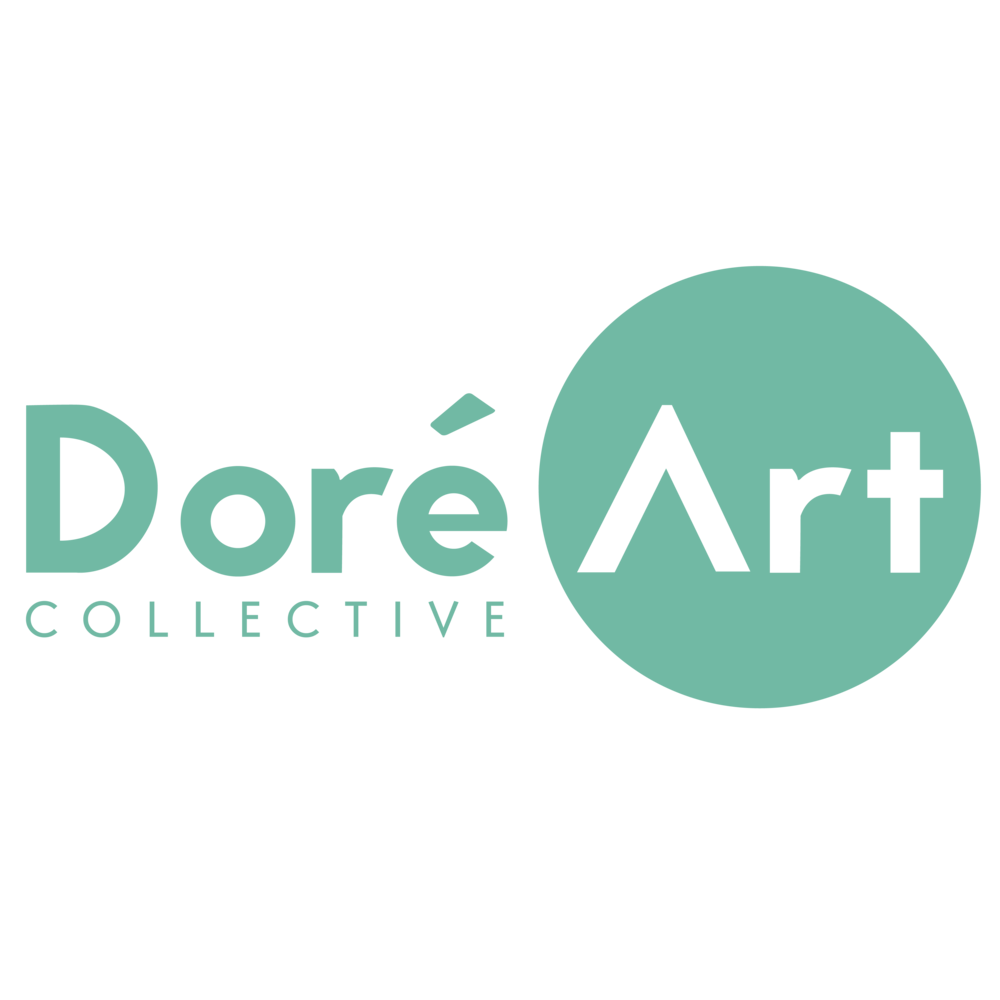A Conversation with Epiphany Knedler
Wish You Were Here
MFA Thesis Exhibition
East Carolina University, MFA Candidate
Epiphany is a graduate student at East Carolina University. See her work here.
A Conversation with Epiphany Knedler, by Kahiah Polidore
KP: What was the starting point for your body of work Wish You Were Here?
EK: Plans for Wish You Were Here began during my second year of graduate school. After focusing the first year and a half on a heavily socio-political community project, I decided it was time to switch gears. I had some trouble finding inspiration and went back to my roots. I realized most of my favorite moments of looking and seeing came from when my dad would take us on roadtrips around South Dakota when we were kids, since there wasn't a lot to do in our hometown. From there, I started to think more about the Midwest and what would bring people from outside to the area.
KP: Is this going to be an ongoing project?
EK: I hope so! My partner and I had a great time traveling. We are considering making trips with other region-specific attractions in the near future.
KP: How long have you been working on this body of work?
EK: The research began in Spring 2019 but the actual roadtrip took place in Summer 2019.
KP: In your recent installation at Wellington B. Gray Gallery, what is the significance of the variety of sizes you choose for display?
EK: With this exhibition, I wanted to play with the idea of what is real and artificial. Gift shops and museums at these roadside attractions often recreate a moment of history or story with their displays. I wanted to recreate this sense with my images, where the viewer takes on the role of the tourist within the space. The large images are meant to be able to interact with, whether it is sitting on the bench viewing the Crazy Horse Memorial or taking a selfie at Mount Rushmore. The other images hung salon-style are representative of the Americana or kitsch style of the Midwest. These places are often filled with iconography of the Wild West and landscapes with more than there is space to fill the walls. The remaining images took up as much wall space as possible. The postcards were printed to postcard size, as they were actually sent in the mail. These images give all types of opportunities for interaction, from hand-held to full-body interaction.
KP: What was your process for printing?
EK: All of the images were captured digitally. During my BFA show at the University of South Dakota, I began playing with how images can create artificial realities with large scale Kodak vinyl adhesive. I decided to use this again for the majority of the gallery. I printed it all over one week of winter break while I was back home in South Dakota (and was my Christmas present from my dad this year!). The rest of the images were printed on Red River luster inkjet paper and framed with second-hand frames from a variety of thrift stores. The postcards were printed on my favorite Red River Palo Duro Etching paper, which renders colors beautifully!
KP: What are viewers missing by not being able to see this work in person? For me I see the experience I could have and it’s very interactive. Everything is intentional and I enjoy your methodology of how it’s laid out. It’s meticulous and that provides a really nice aesthetic to the body of work. (I guess that kind of ties into the title right, lol)
EK: Thank you! The entirety of the space is interactive, so it is very difficult to get the full sense of it by just looking. The aesthetic of the work is meant to reflect the Americana and kitsch styles of the West. Most of the places we visited had wood paneling, which I recreated with paint on half of the walls, which hung the gilded framed images. This is based on part of the interior Wall Drug, which has any article they have been mentioned in since their creation framed and hung on the wall. It's a lot frames. There are a lot of small details of the larger interactive works which are left out. You can't look for a souvenir on the rickety-rack online like you can in person. You can't hold the postcards and feel the embroidery or stamps from postage online. And you can't use the viewfinders and change the reels either. These have been some of the biggest areas that I unfortunately won't get feedback on until I can hopefully get it displayed elsewhere.
KP: If you were to give an artist talk about the work, what would be the key thing you’d want us to take away from it that we may not automatically see?
EK: I think one thing that may not be visible at first glance of the exhibition or images is the importance of research and awareness of history within them. Growing up in the area, and going on the roadtrip with my partner who is from Nebraska, we both had a lot of knowledge coming in; I told him all about Lewis and Clark, how they made their way West, about the history of Native American tribes in the area, while he told me about the history of the railroad, the sandhills, Buffalo Bill, and other stories of Lewis and Clark my South Dakota history didn't teach me. None of the photographs are staged. Whenever I take my images, there is so much going on compositionally and thematically in my framing; I'm never just randomly shooting but I am always trying to find things out in the world to tell small narratives. Hopefully, as you go through my portfolio, you will see those nuances as well.















